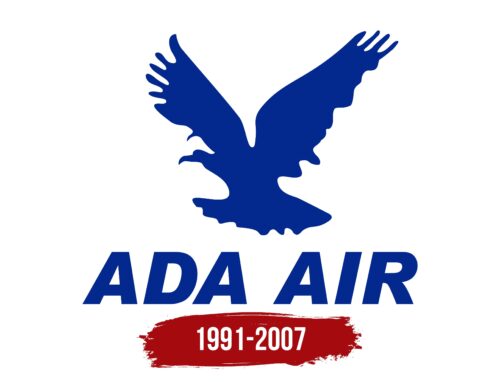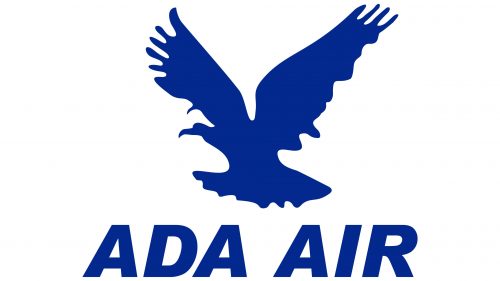Ada Air: Brand overview
Founded in 1991, Ada Air became a key player in Albania’s aviation sector just as the country was transitioning from communist rule to a democracy with a market economy. This shift opened opportunities for new enterprises, including modern airlines like Ada Air, designed to connect Albania globally and boost economic growth.
Based in Tirana, Ada Air started with Soviet-era aircraft such as the Tu-134 and An-24, which were affordable and readily available. This made them ideal for a new airline in a transitioning economy. In the early 1990s, Ada Air began flying passengers within Albania and to nearby Balkan countries. The airline quickly became known for its reliable service, reasonable prices, and convenient schedules.
As Ada Air grew, it updated its fleet to include modern Western aircraft like the Boeing 737 and Airbus A320. These newer planes improved performance, comfort, and fuel efficiency, allowing Ada Air to expand its routes and enhance service quality. By the late 1990s, Ada Air was a leading airline in Albania, offering flights to major European cities such as Rome, Athens, and Istanbul. The airline established partnerships and code-sharing agreements with various European carriers, expanding its network and providing passengers with more seamless travel options.
However, the early 2000s brought challenges. Ada Air faced unstable growth, increased competition, and shifting market dynamics, negatively impacting its financial health and operational stability. Economic and political instability in Albania and broader regional issues reduced demand for Ada Air’s services. Additionally, the emergence of low-cost carriers and aggressive pricing from larger European airlines increased competition.
In response, Ada Air took restructuring steps, including reducing routes, cutting staff, and optimizing operations. Despite these efforts, the airline’s financial troubles worsened. Ada Air ceased operations in 2007, overwhelmed by debts, losses, and declining market share. Its closure significantly impacted its employees and travelers, highlighting small regional carriers’ difficulties in competitive markets.
Ada Air’s story is a lesson in the challenges and opportunities of developing aviation in post-communist Albania and the Balkans. Its rise and fall illustrate emerging air transport markets’ economic, political, and industrial forces.
Meaning and History
What is Ada Air?
Ada Air is an Albanian airline based in Tirana. It operated domestic and international flights, connecting Albania to various European destinations. Ada Air aims to provide reliable and convenient air travel services for business and leisure travelers. The airline improved transport connections in Albania before ceasing operations.
1991 – 2007
This Albanian company no longer exists, but its logo remains a classic design example. The logo features a flying bird, a common motif in airline branding. The bird is depicted as a large blue blur diverging in different directions. The bird has wide-spread wings and an elongated head with a hooked beak. At the bottom of the emblem is written the phrase “ADA AIR.” The writing uses a bold italic font without serifs. The letters are uppercase, clear, and formal. The slope of the letters to the right gives them dynamism.
A large blue spot depicting a bird conveys the essence of flight and gives the design an artistic, abstract orientation. The wide wings and elongated head speak of the company’s ambition and the scale of its activities during active development. The bold and italicized font choice corresponds to boldness and movement, reinforcing the company’s perspective and dynamism.
The logo’s artistic representation of the bird captures the spirit of flight and adventure. The use of blue signifies trust and reliability, which are essential qualities in the aviation industry. The design’s abstract nature provides a unique visual appeal, setting it apart from more literal interpretations. The bird’s wide wings suggest expansiveness and freedom, while the elongated head with a hooked beak adds a touch of distinctiveness to the logo.
The inscription “ADA AIR” at the bottom of the emblem complements the bird design. The bold italic font without serifs gives the text a modern and sleek appearance. The uppercase letters convey a sense of strength and authority. The rightward slope of the letters imparts a feeling of forward motion and progress, aligning with the themes of flight and movement. The formal and clear lettering ensures that the company’s name is easily readable and recognizable.





